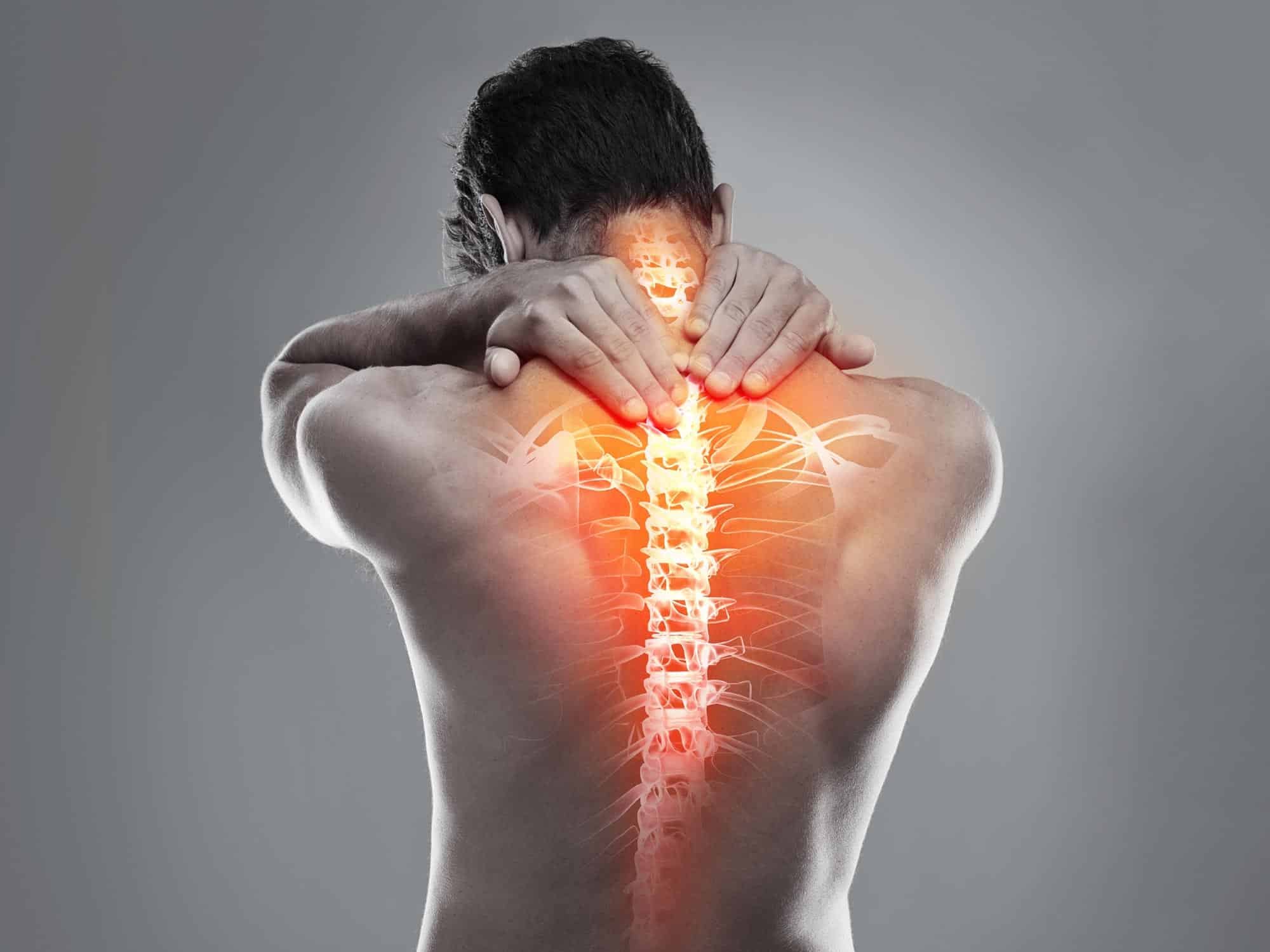Summary of Teen Screen Time Over 3 Hours Daily Linked to Increased Back Pain:
A recent study has found that high screen time, screen proximity, and poor posture are risk factors for thoracic spine pain in 14-18-year-old students, affecting girls more than boys. This could inform health education programs to combat the issue, which otherwise leads to more inactivity, lower academic performance, and psychosocial issues. The study was conducted in Brazil and analyzed data from high schoolers, revealing a correlation between spinal health, low academic performance, and physical inactivity. According to several investigations, thoracic spine pain (TSP) risk factors are physical, physiological, psychological, and behavioral, and factors are considered critical by the World Health Organization.
*****
Screen Time and Poor Posture Linked to Thoracic Spine Pain in Teens
A recent study conducted in Brazil found that screen time exceeding three hours a day, screen proximity, and poor posture, such as sitting or lying on the stomach, are risk factors for thoracic spine pain (TSP) in 14 to 18-year-old students. The study, which demonstrated a one-year TSP prevalence of 38.4% and incidence of 10.1%, suggested these findings could inform health education programs and strategies to mitigate TSP risk, emphasizing the importance as adolescents with back pain are often less active, underachieve academically, and face more psychosocial issues.
The study examined data from high school students between 13 and 18 and revealed a correlation between the problem, physical inactivity, and low academic performance. Furthermore, it revealed that the issue affects girls more than boys.
The Rise of Screen Time in Teens
The surge in smartphone and tablet usage, coupled with an increase in video channels, computer games, and educational applications, has led children and teenagers to dedicate more time to screen activities. This often involves poor posture, which could lead to back pain and other health issues.
Research Study Finds Risk Factors for Spinal Health
A research study conducted in Brazil, funded by FAPESP, has identified several risk factors for spinal health. The findings, published in the scientific journal Healthcare, include prolonged screen time exceeding three hours daily, the proximity of eyes to the screen, and postures such as sitting or reclining on the belly.
The study focused on thoracic spine pain (TSP). The thoracic spine is located at the back of the chest (the thorax), mainly between the shoulder blades, extending from the bottom of the neck to the start of the lumbar spine. The data analyzed came from surveys of 14- to 18-year-old male and female students in their first and second high school years in Bauru, São Paulo state.
The Impact of Poor Spinal Health on Teens
According to the article, information on risk factors for TSP in high school students is important because children and adolescents with back pain are more inactive, achieve less academically and have more psychosocial problems. In addition, fewer studies have been conducted on TSP than lower back and neck pain. A systematic review of the literature on TSP found only two prospective studies regarding prognostic factors.
Addressing the Issue Through Health Education Programs
“The study can be used to inform health education programs for school students, teachers, staff, and parents,” said Alberto de Vitta, first author of the article. He has a Ph.D. in education from the State University of Campinas (UNICAMP) and completed a postdoctoral fellowship in public health at São Paulo State University (UNESP) in Botucatu.
“This is in line with some of the objectives of the National Curriculum Parameters [PCN, Brazilian government guidelines for secondary schools], according to which schools are responsible for health education, including identification of risks to individual and collective health and interventions to combat them, as well as promotion of self-care habits about the body’s possibilities and limits,” said Vitta, who is currently teaching and researching at Eduvale College as a faculty member in its Department of Physical Therapy in Avaré, São Paulo state, and the University of Sapucaí Valley’s Graduate Program in Education, Knowledge and Society in Pouso Alegre, Minas Gerais state.
Preventative Strategies for Parents and Teenagers
Given the increased use of digital devices and the rise of remote work and remote learning during the pandemic, parents and educators must take a proactive approach to prevent spinal health issues in teenagers. Limiting screen time and ensuring that appropriate posture is maintained during device usage, engaging in physical activity, and regular breaks from screen use can help with spinal health issues. Educating teenagers on the importance of posture, physical activity, and proper ergonomics for screen usage could help alleviate TSP and prevent long-term spinal health issues.

